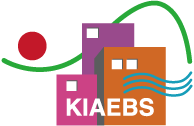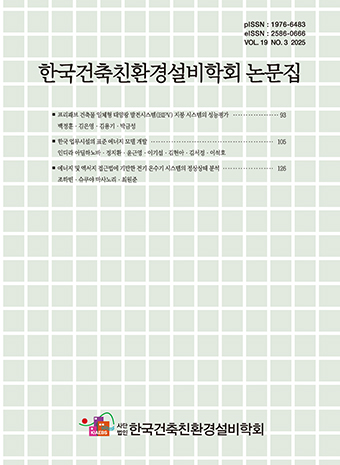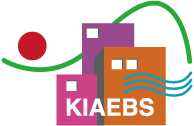Research Article
Abstract
References
Information
Kim, J.H., Jo, S.Y., Kim, C.M., Jang, H.I., Kim, S.S. (2018). Analysis of Design Parameters Affecting Zero Energy Buildings based on the Building Energy Efficiency Rating Certified Buildings - Focused on Educational Research Facilities -. korean Institute of Architectural Sustainable Environment and Building Systems, 12(4), 387-399.
10.12972/jkiaebs.20180033Lee, H.A., Park, K.Y., Lee, S.B. (2018) A Study on the building elements affecting the building energy efficiency rating and the appropriate values by analyzing the performance status of building elements. 2018 SAREK Summer Annual Conference: The Society of Air-conditioning and Refrigerating Engineers of Korea, 204-207.
- Publisher :Korean Institute of Architectural Sustainable Environment and Building Systems
- Publisher(Ko) :한국건축친환경설비학회
- Journal Title :Journal of Korean Institute of Architectural Sustainable Environment and Building Systems
- Journal Title(Ko) :한국건축친환경설비학회논문집
- Volume : 14
- No :5
- Pages :387-400
- Received Date : 2020-08-04
- Revised Date : 2020-09-28
- Accepted Date : 2020-09-28
- DOI :https://doi.org/10.22696/jkiaebs.20200033




 Journal of Korean Institute of Architectural Sustainable Environment and Building Systems
Journal of Korean Institute of Architectural Sustainable Environment and Building Systems








